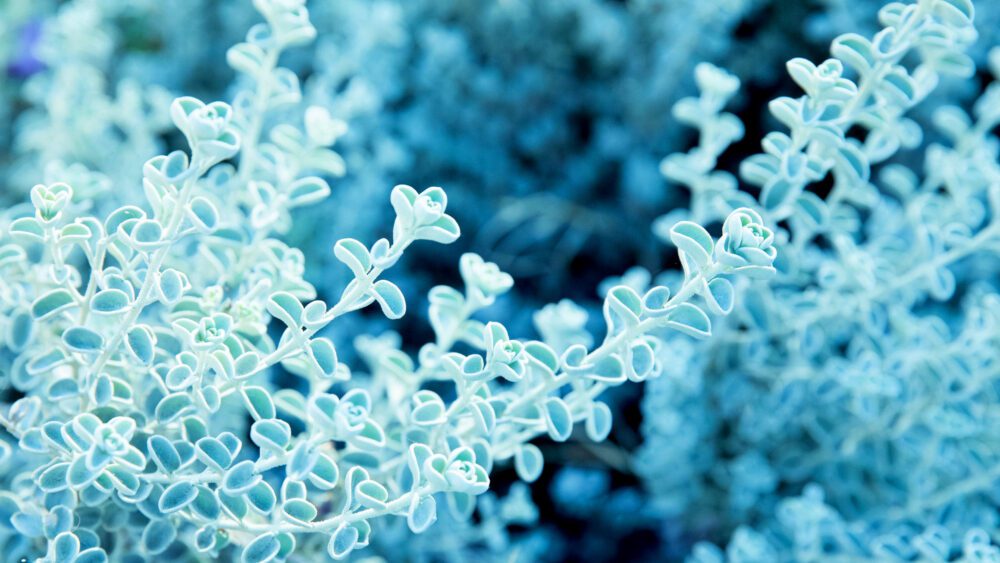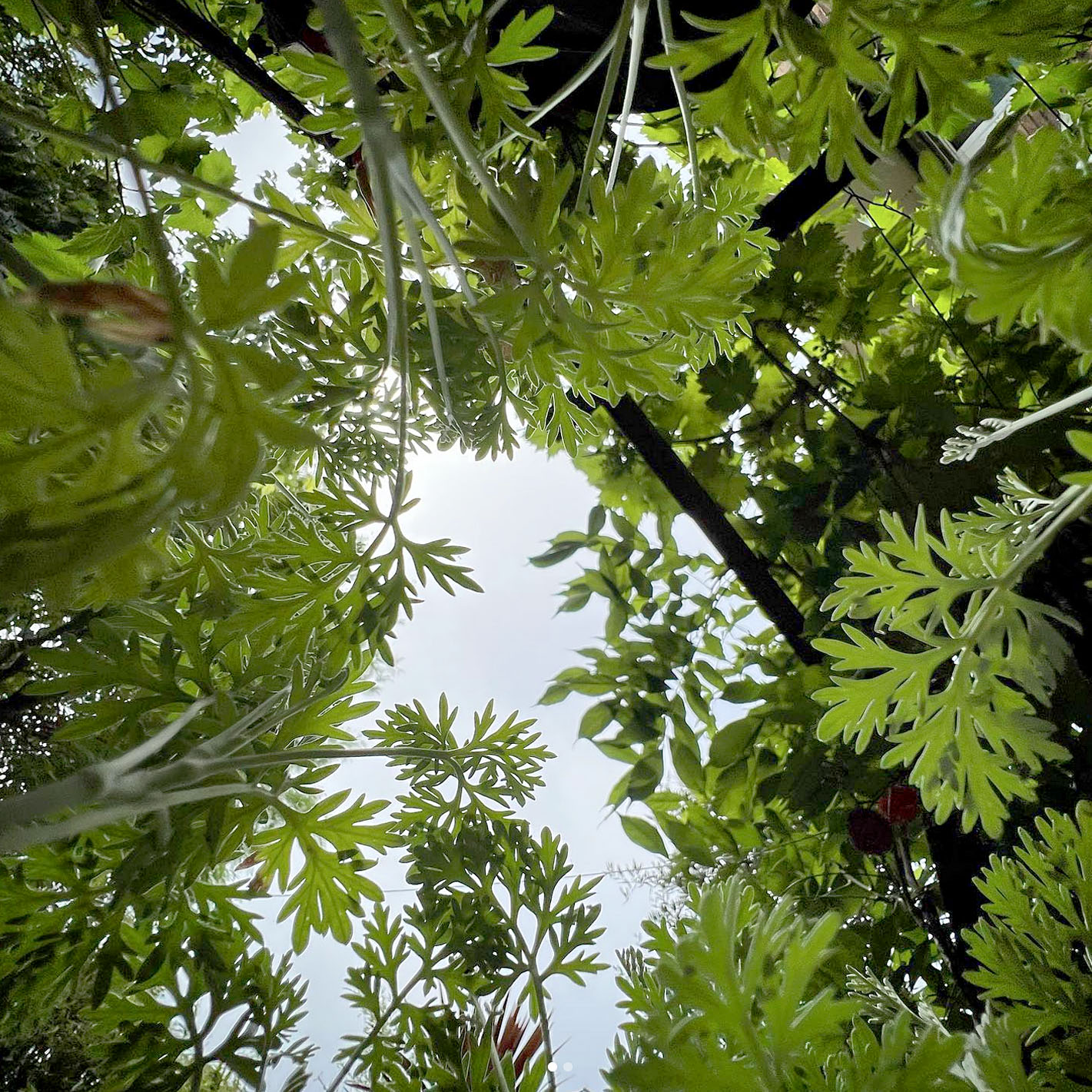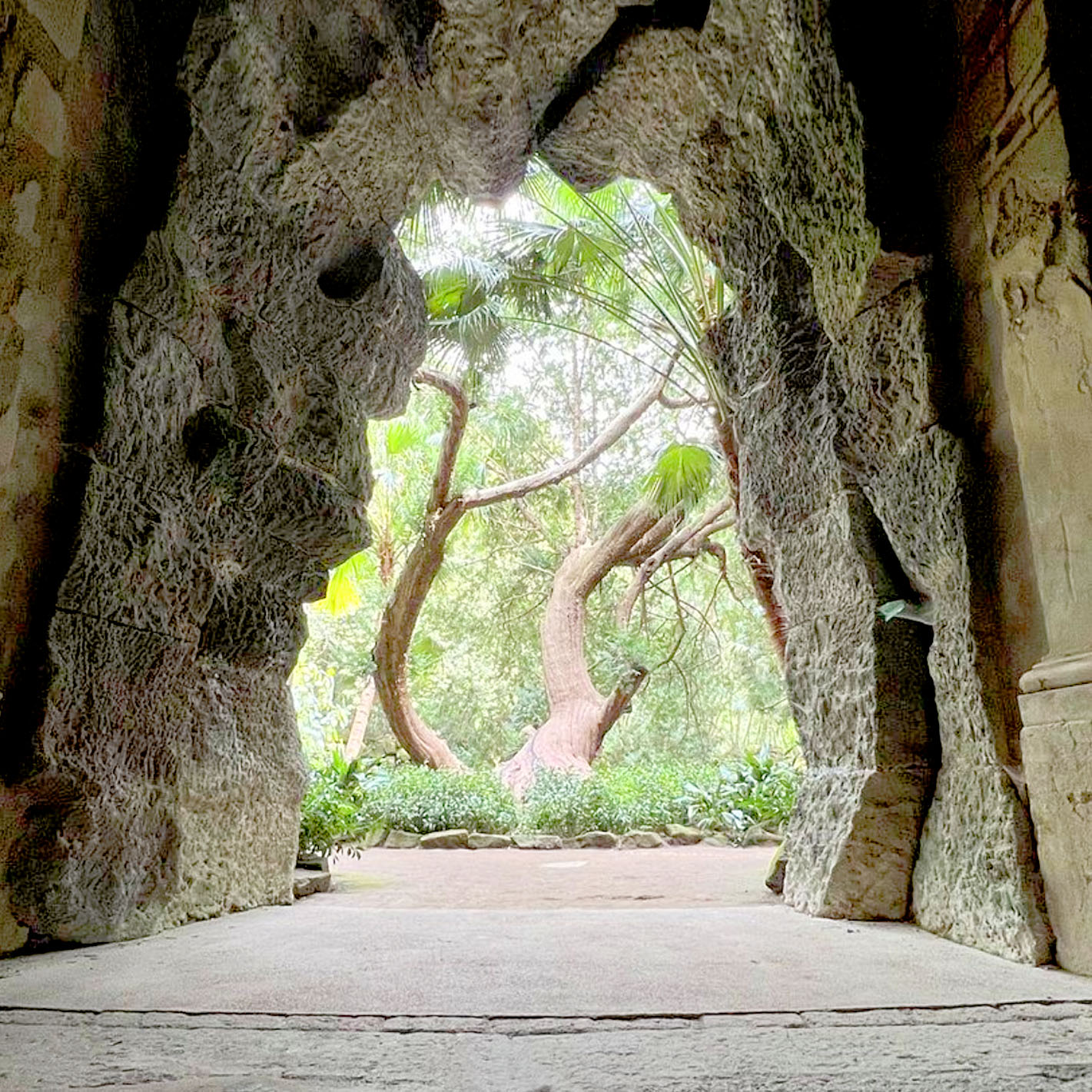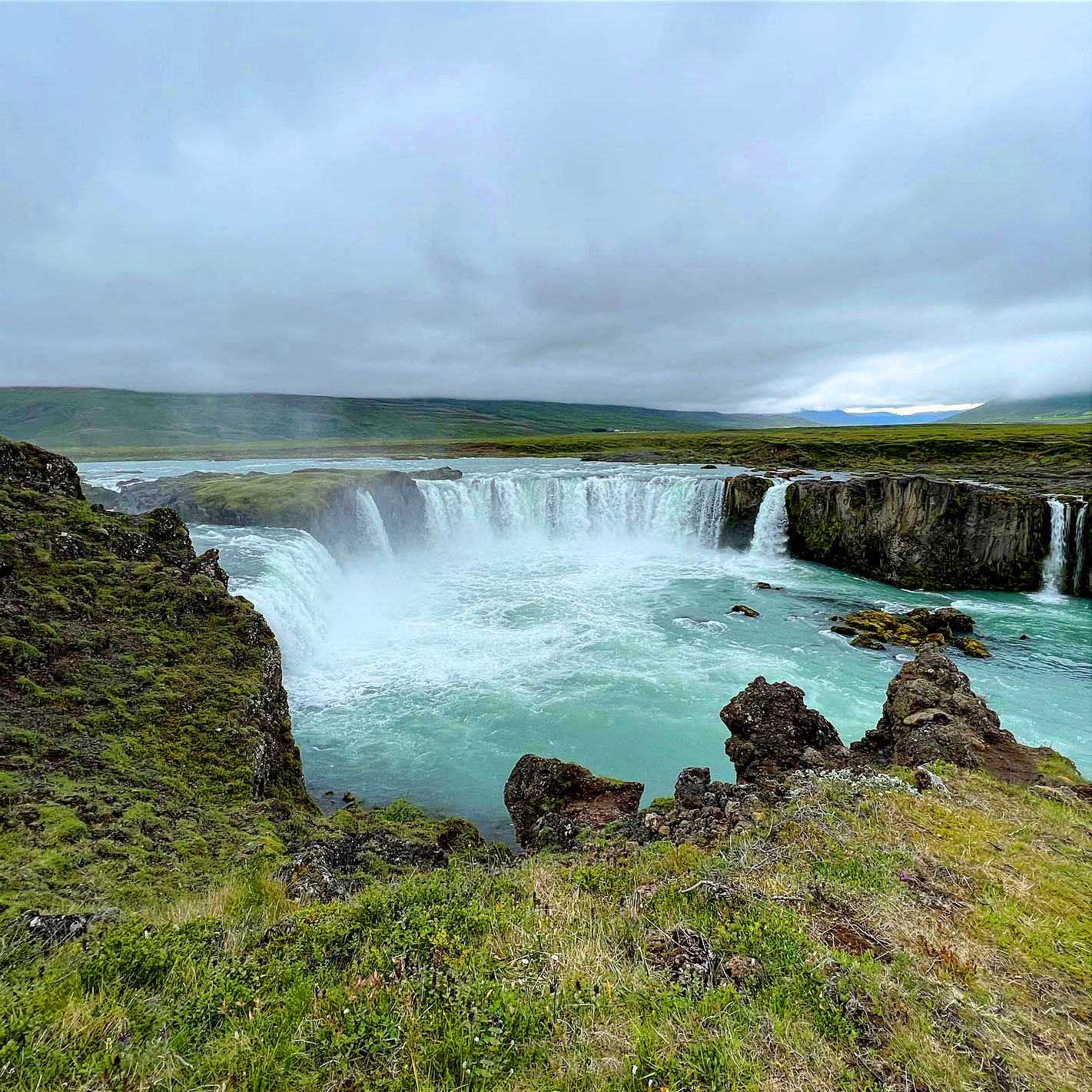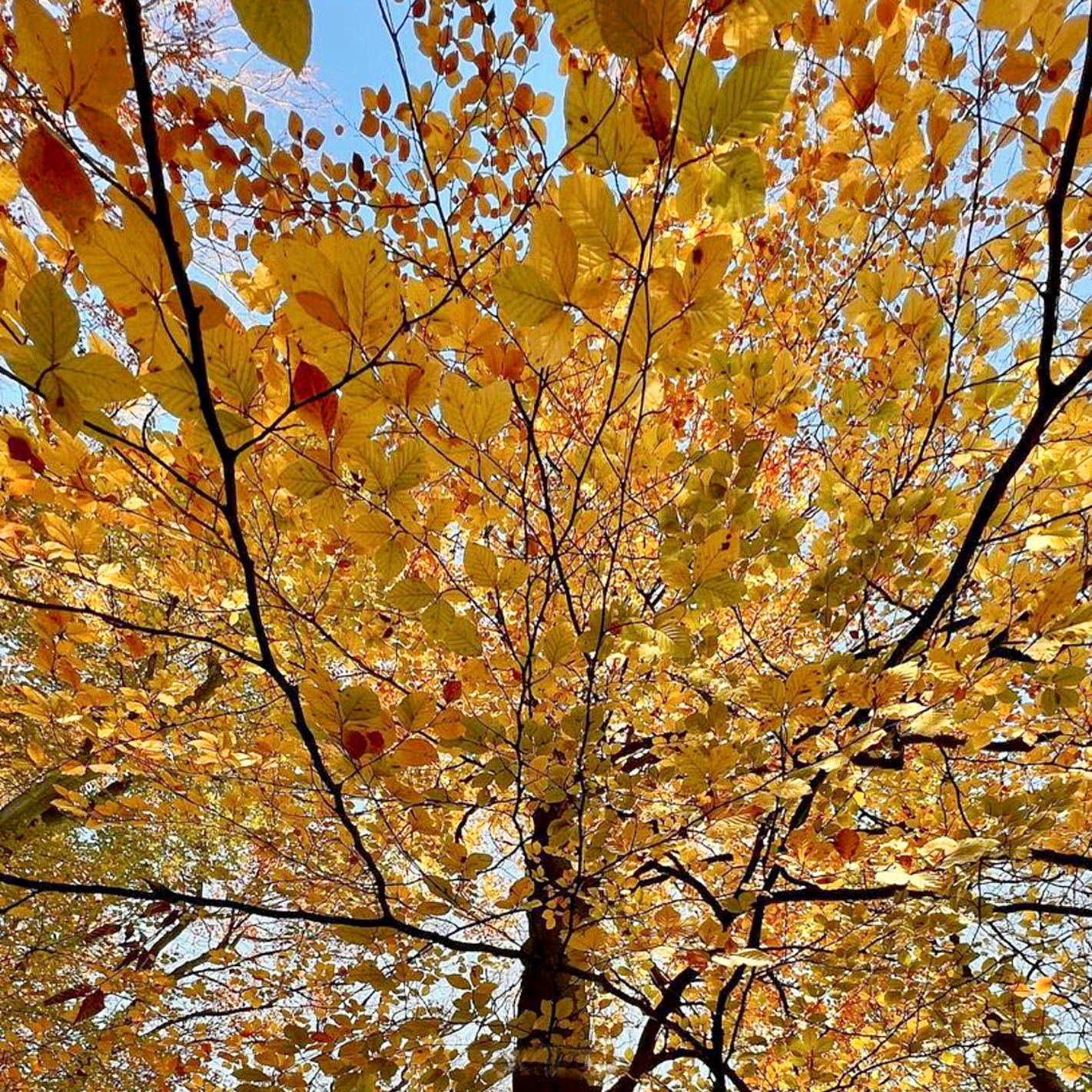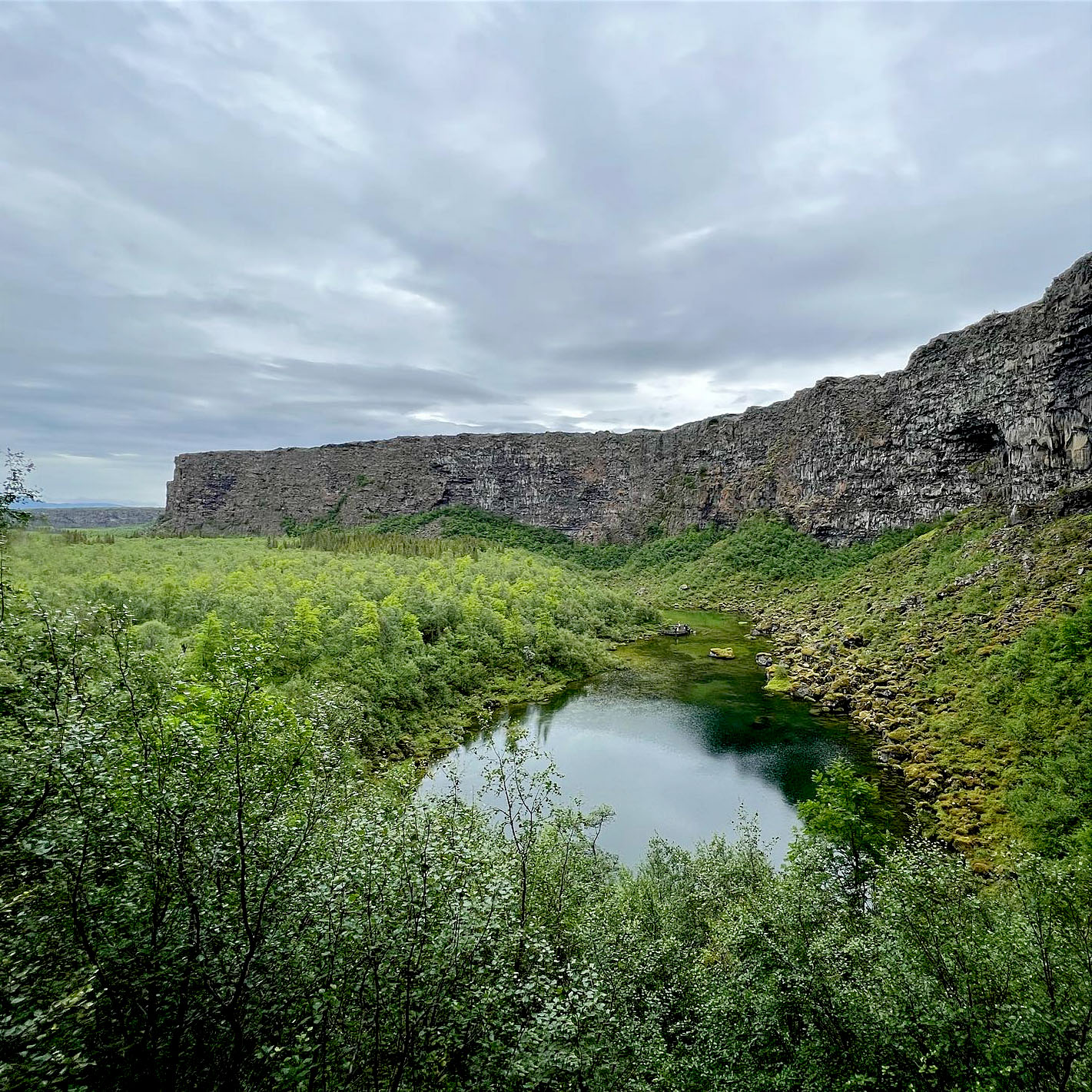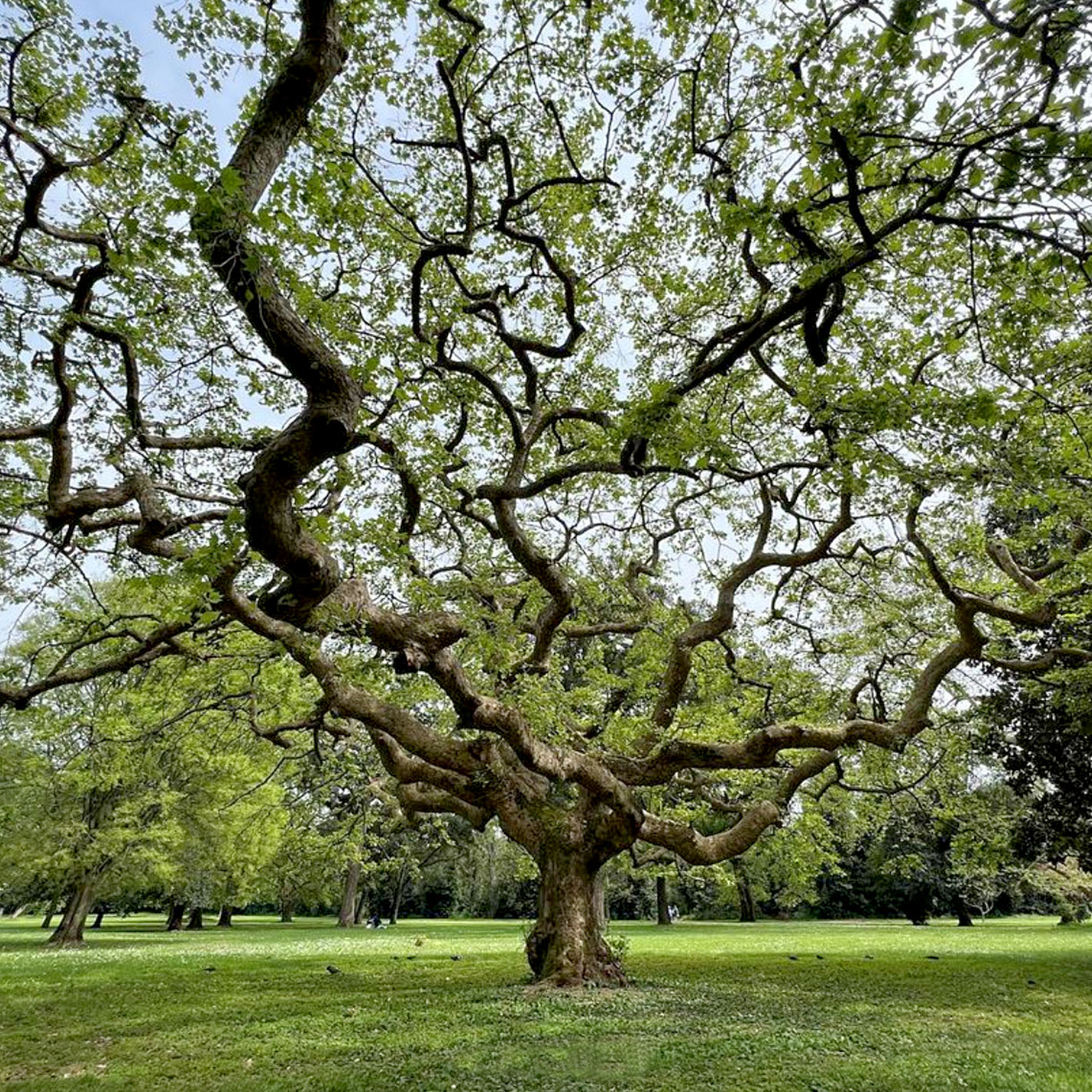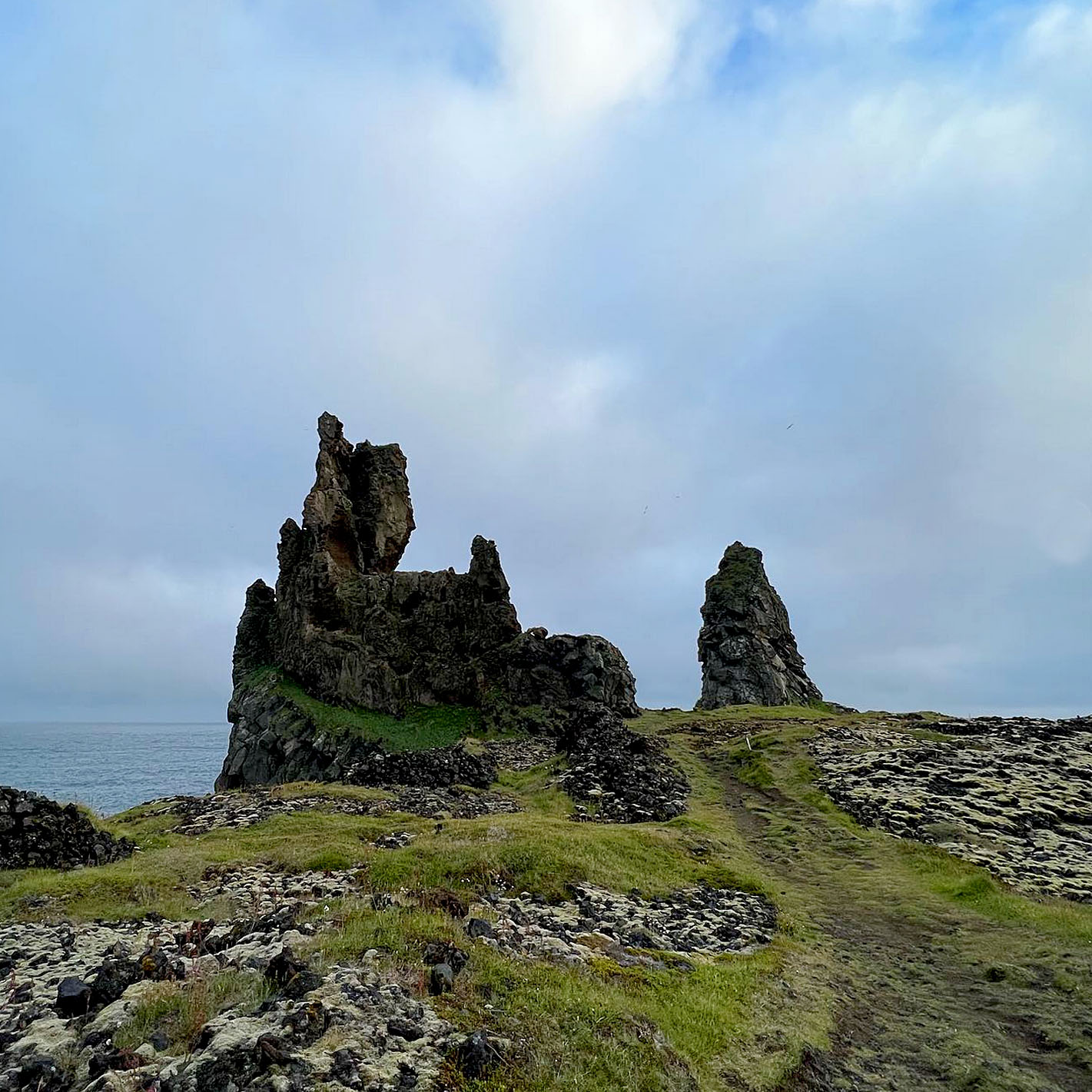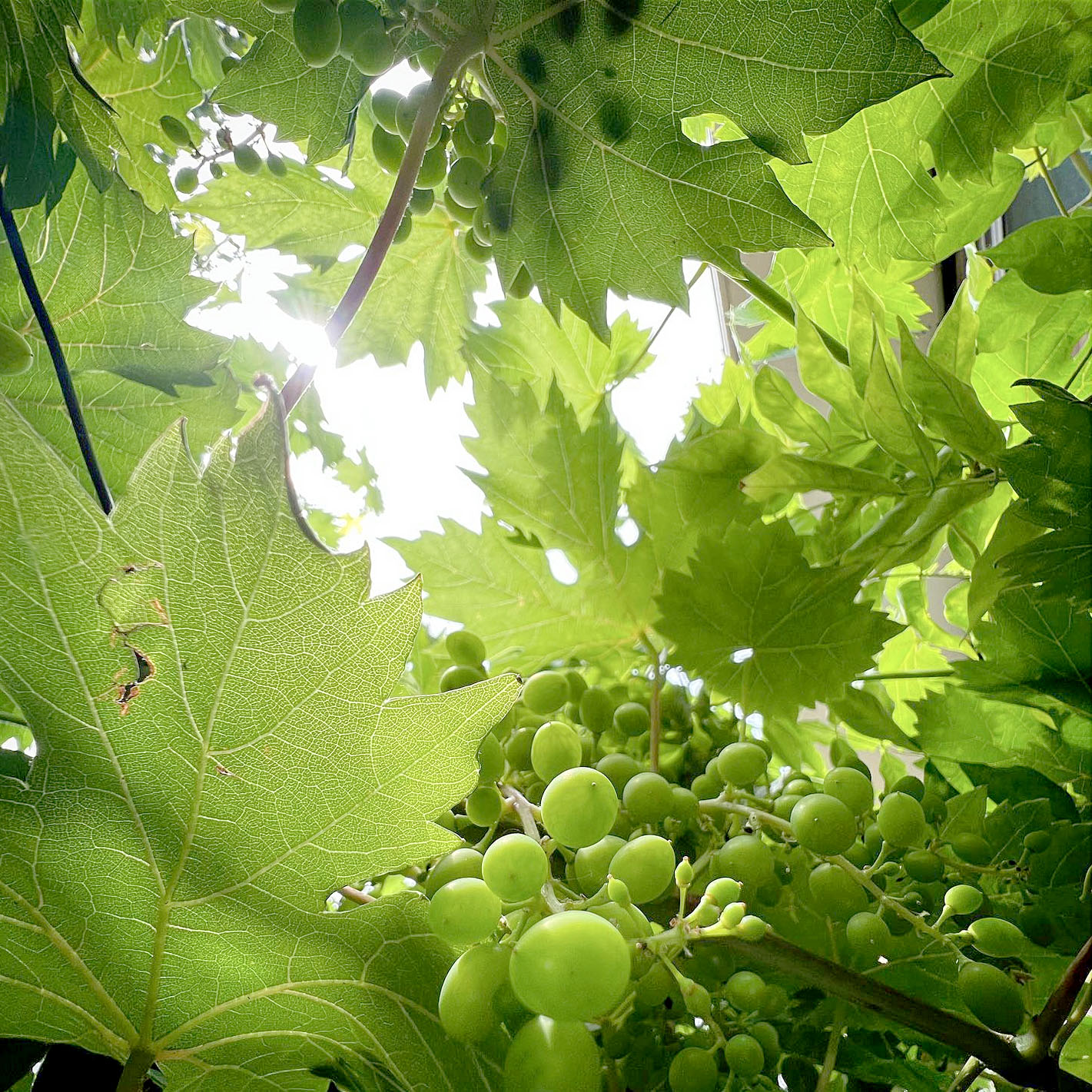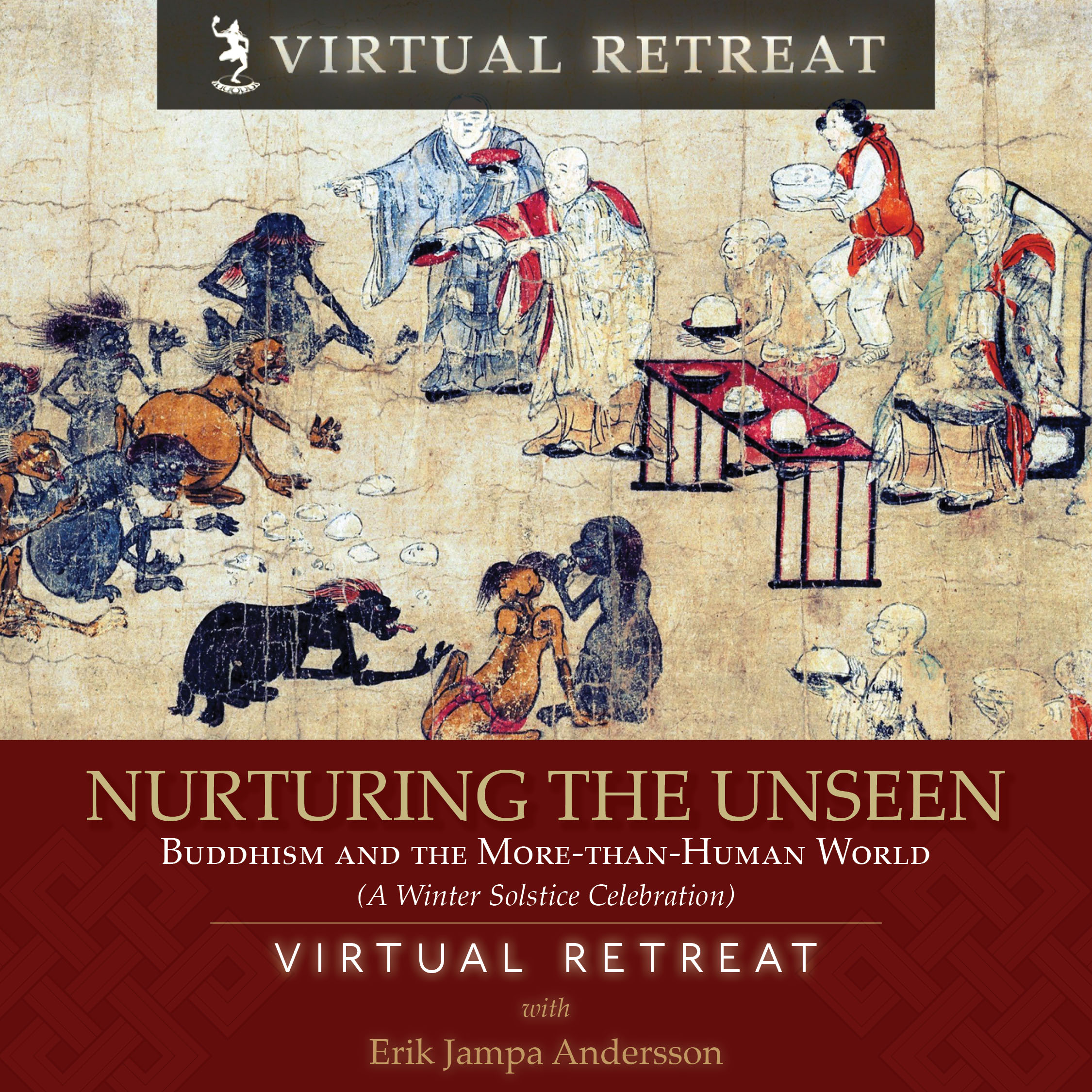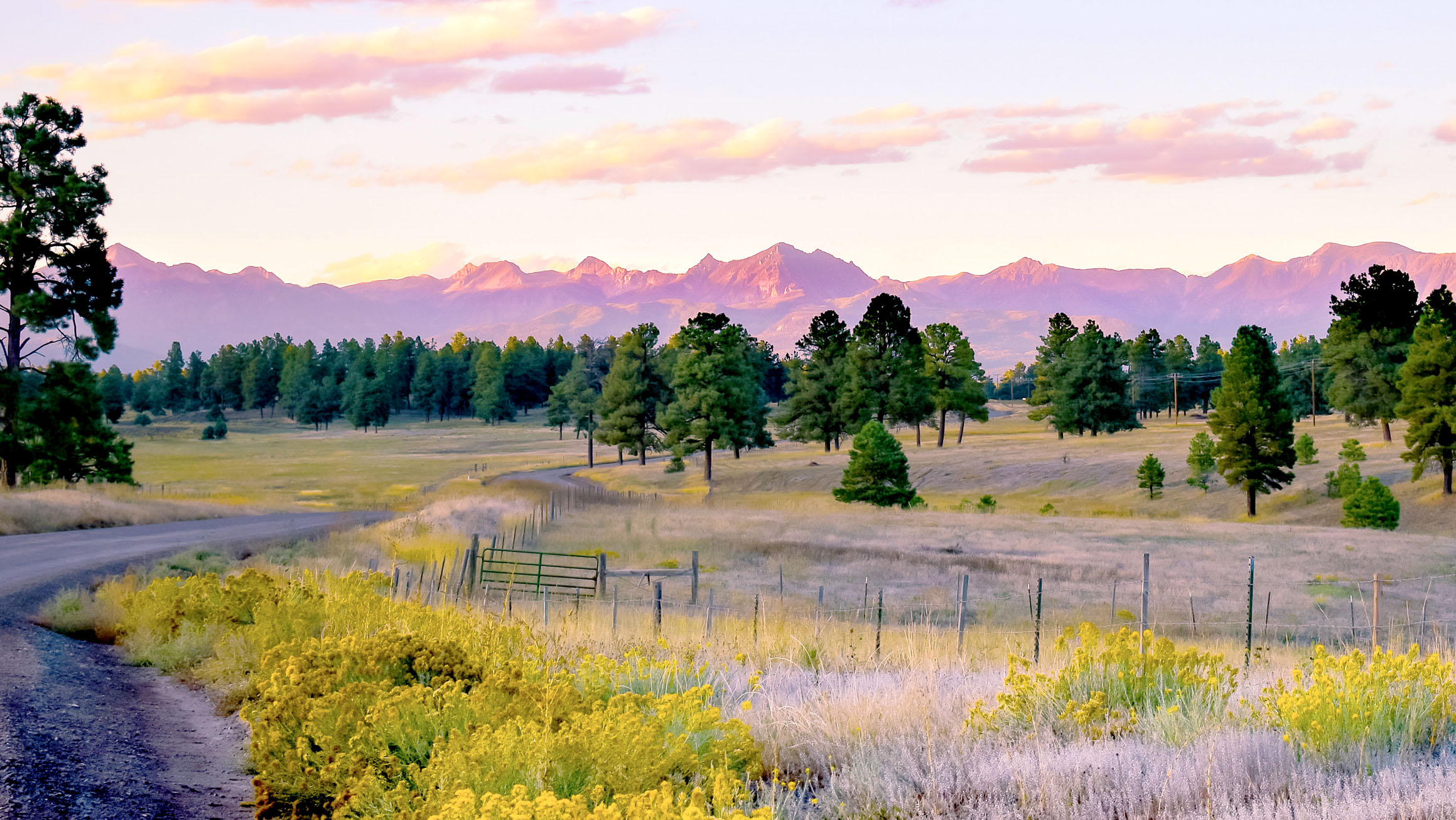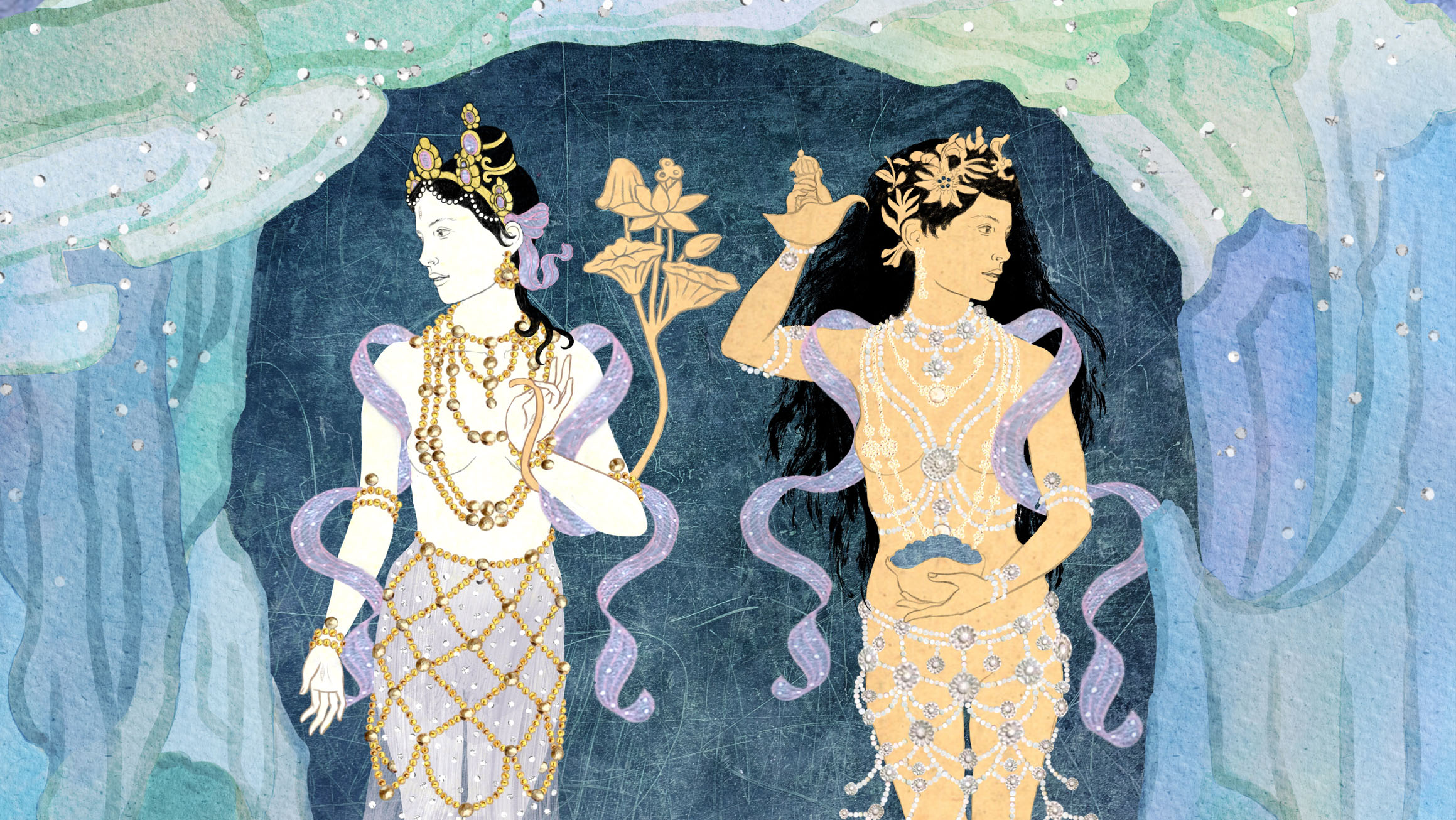“The world is a truly enchanting place – we simply need to allow ourselves to see it.”
~ Erik Jampa Andersson
This post and photos published here with the permission of Erik Jampa Andersson.
I’m very excited for this virtual retreat. This is the first time I’ll be publicly teaching on the topics of my upcoming book (which comes out in May). In this particular retreat, I’ll be focusing primarily on Buddhist approaches to the more-than-human world, including some of the ways that Buddhist wisdom can help us make sense of our current climate crisis, as well as some of the ways that our traditions might improve in our approach to the challenges of the so-called ‘Anthropocene’.
It is only through cultivating right relationship with the beings around us that we can ever hope to recover a state of more dynamic balance.
Non-human beings are not our overlords, nor are we theirs. We are all part of a community – indeed even a family in the most literal sense. As long as we fail to remember that, we will fail to successfully avert our most pressing existential crises. The environment is not a place that we can exploit with moral impunity – it’s a community of intelligent, existentially-important beings, and our fates on this planet are inextricably intertwined.
We imagine that there is a solid phenomenological boundary between the animal kingdom and everyone else, and that an organism must possess animal neurons in order to facilitate complex sensory experiences, behaviors, and a degree of “awareness.” But fields like plant neurobiology are rapidly uprooting this narrative. Plants have “inner” domains of lived experience much like we do. They can feel, hear, ‘taste,’ ‘smell,’ and even see. They use chemical and electrical signals to communicate with others, and work together with other organisms to support the welfare of their communities. They can learn, remember, and make decisions – they have even been shown to express something akin to ‘altruistic’ behavior. But plants, like all of us, are vulnerable to the actions of others.
The Unseen world is made of intelligent, aware, communicative, agentive beings with their own unique perspectives and experiences in our more-than-human world. They are all our kin – our cousins, our ancestors (albeit some far closer than others). Many have learned to live in relationship with humans, while others live in spite of us. But as the noble River-daughter once said, “The trees and the grasses and all things growing or living in the land belong each to themselves.”
How might it change our perception of the world if we learned to really *see* these creatures as ‘beings’? To recognize the mutuality of our ‘being’ as related forms of life? To recognize that any agency we perceive in ourselves is a function of our embeddedness in this wild and vital world, rather than our perceived authority over it?
The world is a truly enchanting place – we simply need to allow ourselves to see it.
Nurturing the Unseen: Buddhism and the More-than-Human World (A Winter Solstice Celebration)
With Erik Jampa Andersson • December 16 – 18
Throughout history, our perceptions and relationships with non-humans both seen and unseen have profoundly impacted what it means to be human. In this retreat, Erik Jampa Andersson will guide participants through the vast and fascinating web of the more-than-human world, with focus on the teachings from Machig Labdrön (1055-1154) and Yuthok Yönten Gönpo (1126-1202) … Read more »
Please join us for this inspiring exploration into the Unseen world, and heart-warming Winter Solstice gathering.
~With Blessings,
Tara Mandala
Photos: Header (Pexels), assortment (Erik Jampa Andersson)

